Check the throttle valve switch
Check the throttle valve switch for correct mounting
The throttle valve switch informs the engine control unit about the throttle valve position so that the mixture and ignition can be adjusted to suit the respective load. This page explains how the throttle valve switch works and how a fault impacts the running of the engine. You will also find practical tips on how to check the throttle valve switch.
Important safety note
The following technical information and practical tips have been compiled by HELLA in order to provide professional support to vehicle workshops in their day-to-day work. The information provided on this website is intended for suitably qualified personnel only.
A faulty throttle valve switch can cause the following:
The causes of a faulty throttle valve switch could be:
Check the throttle valve switch for correct mounting
Check whether the switching mechanism is actuated by the throttle valve shaft (with the engine switched off, move the throttle valve from the idle limit stop to the full-load limit stop and listen to hear whether the switches are actuated)
Check the plug connection to ensure it is fitted correctly and for any contamination
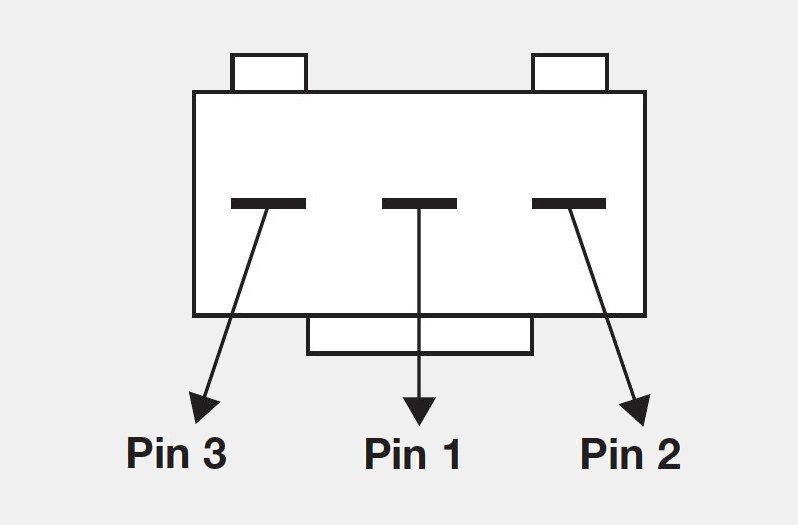
How helpful is this article for you?
Success
Success
Success
Success
Error
Thank you for your feedback!
Wrong Captcha
Something went wrong
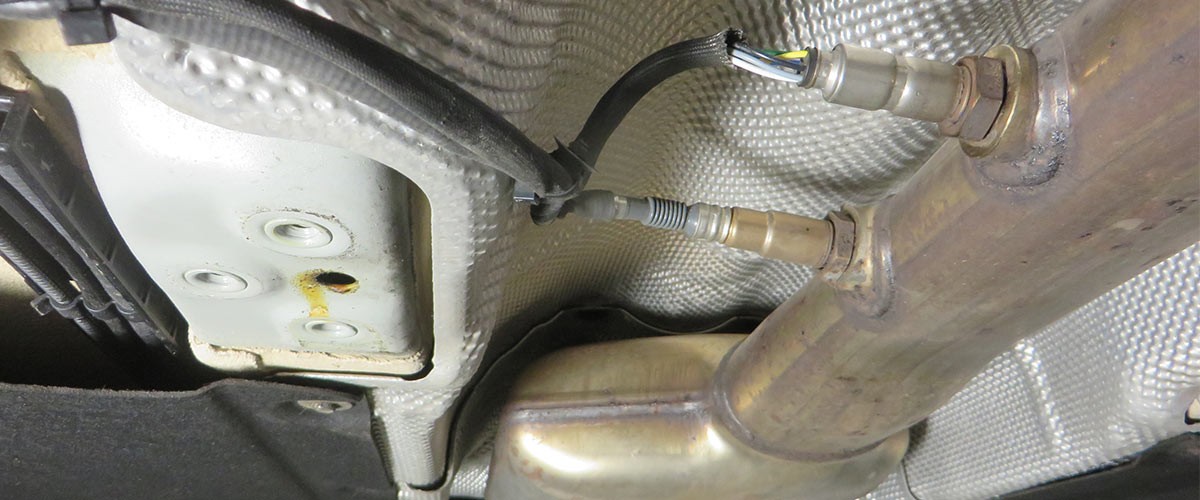
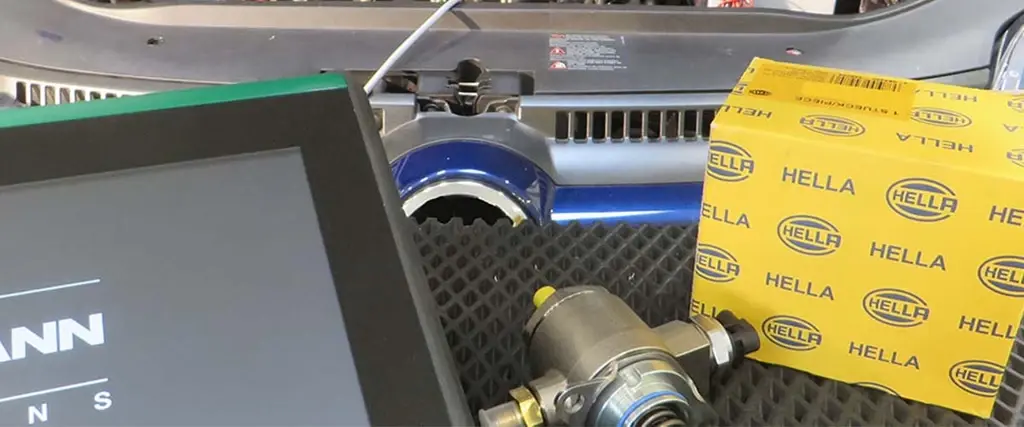
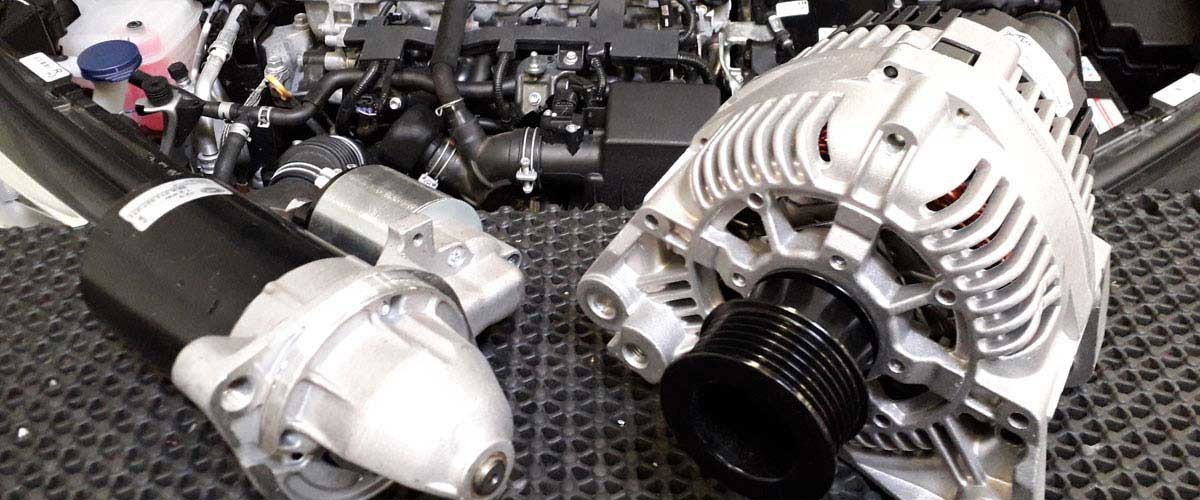
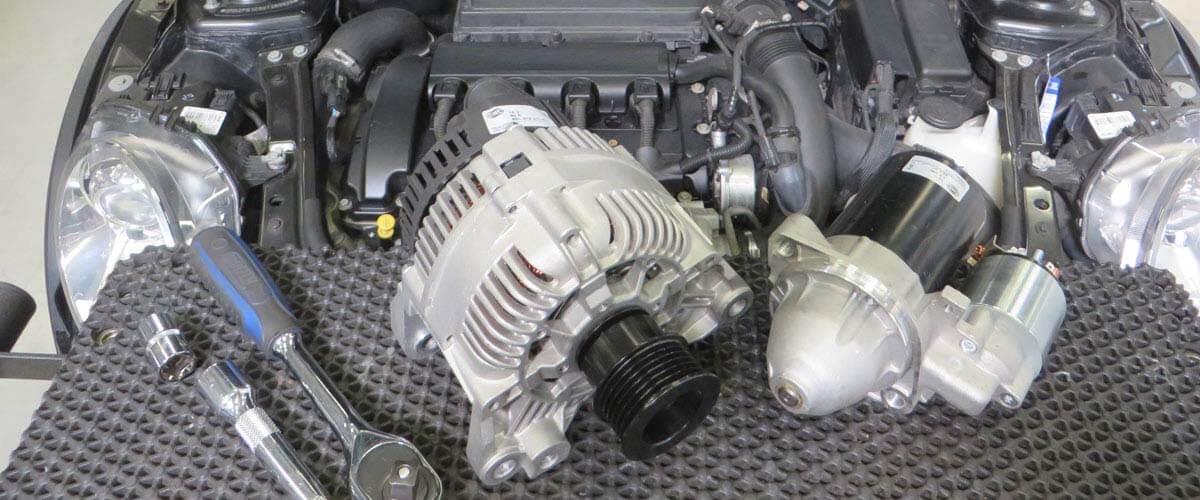
Benefit from consenting to our cookies ‒ we use cookies to:
By clicking on "I agree", you consent to the placement of cookies.
You can find out more about the cookies used by HELLA websites in our Cookie Policy .
Our cookies do not contain any personal data.
For more information, see our data protection notice.
Great! Just one more Step
Head to your inbox and confirm your email address so that you don’t miss our updates!
Get ready for brand new technical videos, car repair advice, trainings, helpful diagnostic tips, marketing campaigns and much more... delivered straight to your inbox every two weeks!
Sign up for our free HELLA TECH WORLD newsletter to receive the latest technical videos, car repair advice, training, marketing campaigns and diagnostic tips.
Together we can get cars back on the road quickly!
Success
Success
Error
Please note: You will only be subscribed to the newsletter once you have clicked on the confirmation link in the notification e-mail you will receive shortly! Data Protection | Unsubscribe
